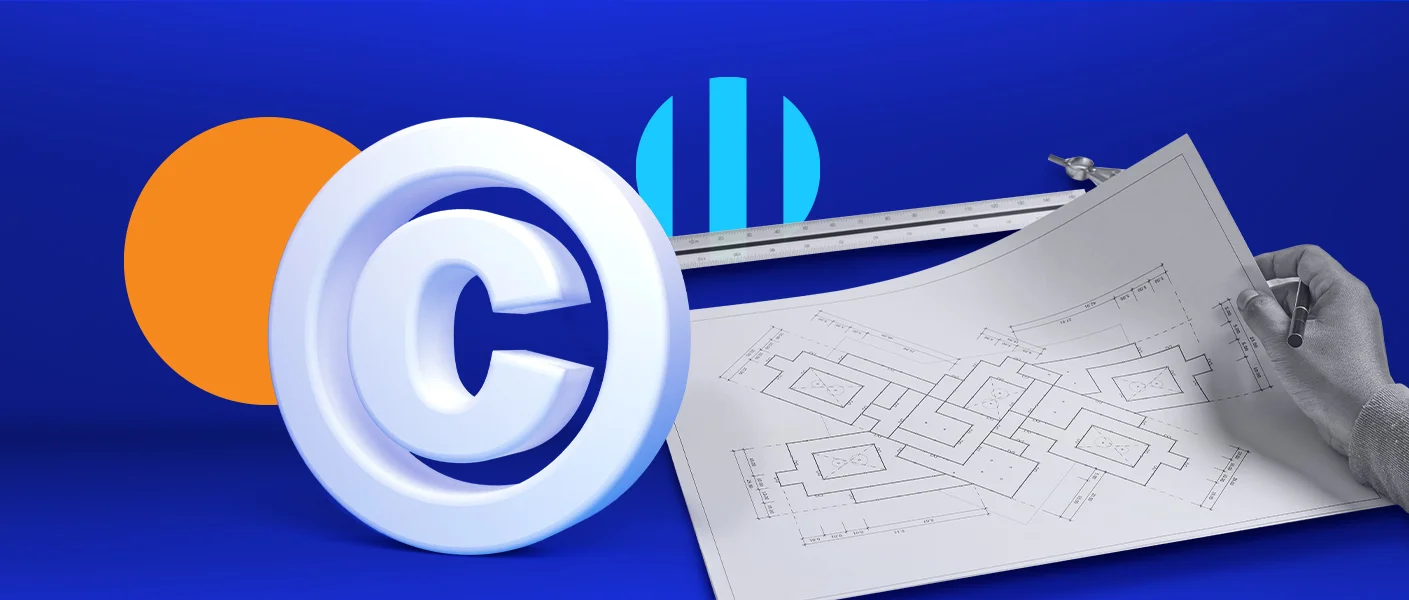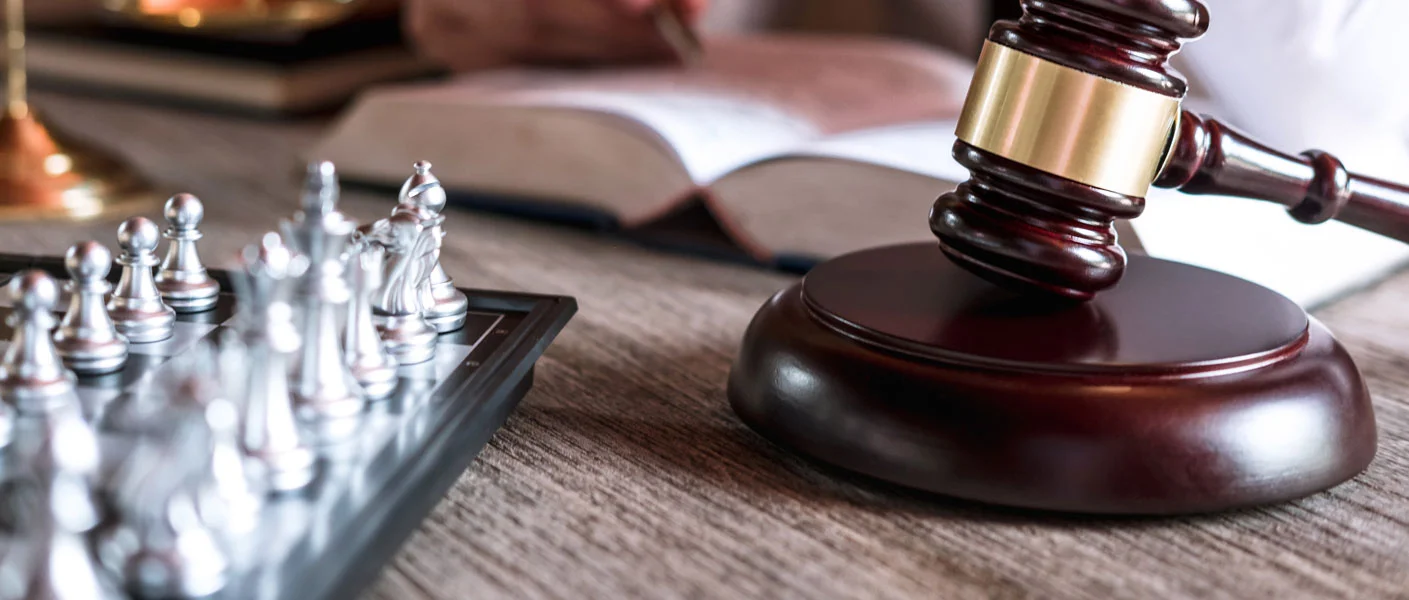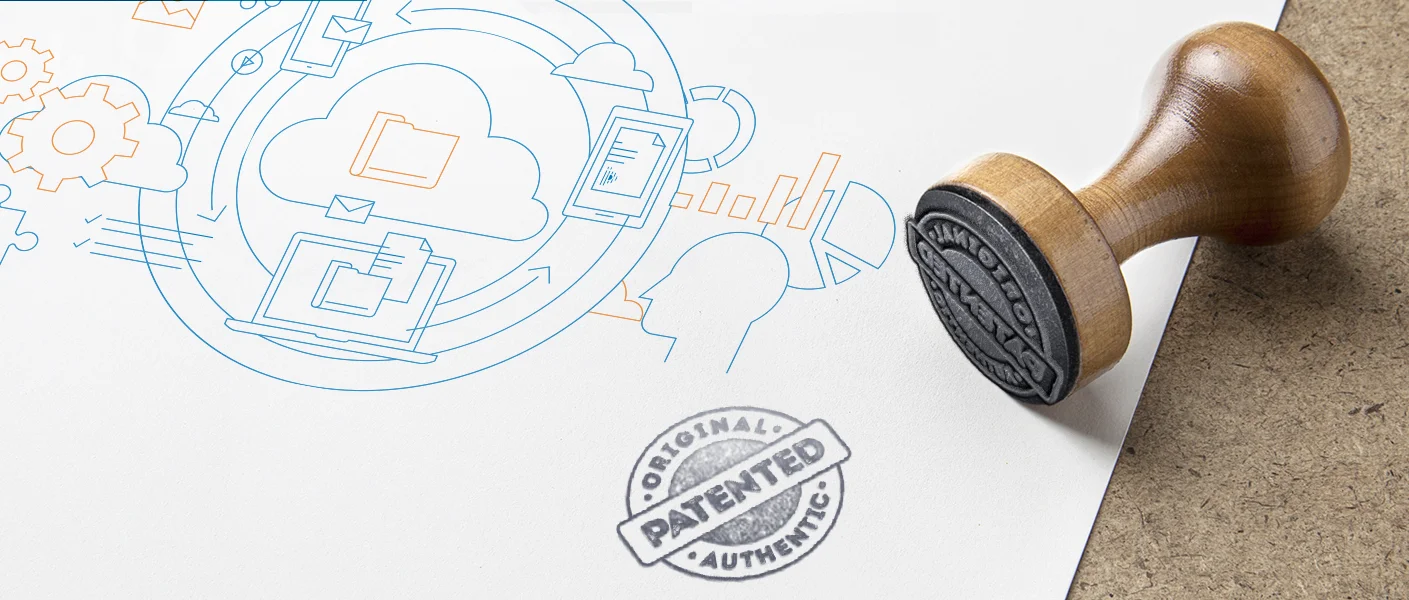Why architects should have copyright on their designs
January 29, 2021 By Dinesh ParmarWhile some people say that imitation is the sincerest form of flattery, it can become a costly affair under architectural copyright law.
The protection of architectural works against infringement and imitation through international copyright laws was brought up on a global scale only after the revision of the Berne Convention in 1908. Even then, the provisions regarding what can be protected as ‘architectural work’ are very specific. Which is why it is crucial to understand what parts of a building or an architectural work can be protected by copyrights.
According to Copyright Act 1957, India, ‘work of architecture’ means any building or structure having an artistic character or design, or any model for such a building or structure; where ‘artistic work’ includes a painting, sculpture, drawing (diagram, map, chart or plan), an engraving or other forms of artistic craftsmanship. The protection of architectural property extends to the overall form of the building or structure as well as the arrangement and composition of spaces and elements in the design. It is also possible to copyright not only the plans and drawings, but also protect the building itself after putting it in a tangible medium. However, certain individual standard features and extremely common elements of architectural design and such as roads, bridges etc are unprotected by copyright law.
Copyright of architectural work protects the original creation from being reproduced, distributed, performed, publicly displayed, or made into a derivative work without the permission of the ideator, which can be obtained through a license for the use.
But what about situations where a design has been created for one particular space and the client wants to make more extensions, say more floors, using the same design?
From the client’s point of view, the assumption can be that since they’ve paid the architect to do something, they own that thing that’s done for them. However, considering that the client has only paid for the end result, they do not own the copyright on the whole thing.
A few things to keep in mind about copyright infringement are:
- Minor changes to the plan does not avoid an infringement lawsuit
In infringement cases for architectural works, the court attempts to determine whether the alleged infringing work is ‘substantially similar’ to the copyrighted work. The two most common methods to determine this are:
- ’Total look and feel’ test that compares architectural works in their entirety by ‘ordinary observers’ to determine whether they are substantially similar. This is why minor changes that do not change the total look and feel of the work will not avoid infringing a copyright owner's rights.
- In the ‘filtration’ test, the court filters out unoriginal portions of the architectural work before examining the original/protectable portions to determine whether they are substantially similar.
Under these tests, simply changing standard functional features of architectural works such as windows, doors or other staple building components is not considered a valid defense against a copyright infringement claim.
- Innocent infringement is not a defense
The copyright owner merely needs to establish that the alleged infringer of his architectural work had access to the copyrighted work and the alleged work is substantially similar to the work with copyright registration. A copyright owner does not have to show an intent to copy or even prove the actual copying.
- The lack of a copyright notice does not prevent an infringement suit
Contrary to popular belief that the "©" copyright notice is necessary for copyright protection, this is not completely true. For works published after March 1, 1989, a copyright notice is not required to assert a copyright infringement lawsuit irrespective of whether the author includes a copyright notice or not.
- Copyright infringement carries extra risks
For certain cases, the copyright infringer may be entitled to pay enhanced damages such as statutory damages, attorneys' fees and court costs to the owner. In such situations the copyright owner does not have to prove the amount of actual damages suffered as a result of the infringement but simply prove that he has copyrights on architectural works.
- Ensure right to construct, copy and/or modify plans before using
Sometimes, project owners may solicit designs from multiple architects or designers, the usage rights for which may not have been transferred. When receiving architectural plans from owners, construction managers or other parties, it is important to ensure that you have the right to construct copy and/or modify those plans before you use them.
- Payment for an architectural design does not give you ownership for it
Regardless of payment, the ownership of an architectural design belongs to the original architect or designer unless the rights have specifically been transferred through a written contract drafted by a copyright law firm.
In conclusion, it can be said that since architectural work is both a functional and an artistic venture, it can be protected under both the Copyright Act, 1957 and Designs Act, 2000. However, the work can only be protected only under either one of these Acts.





